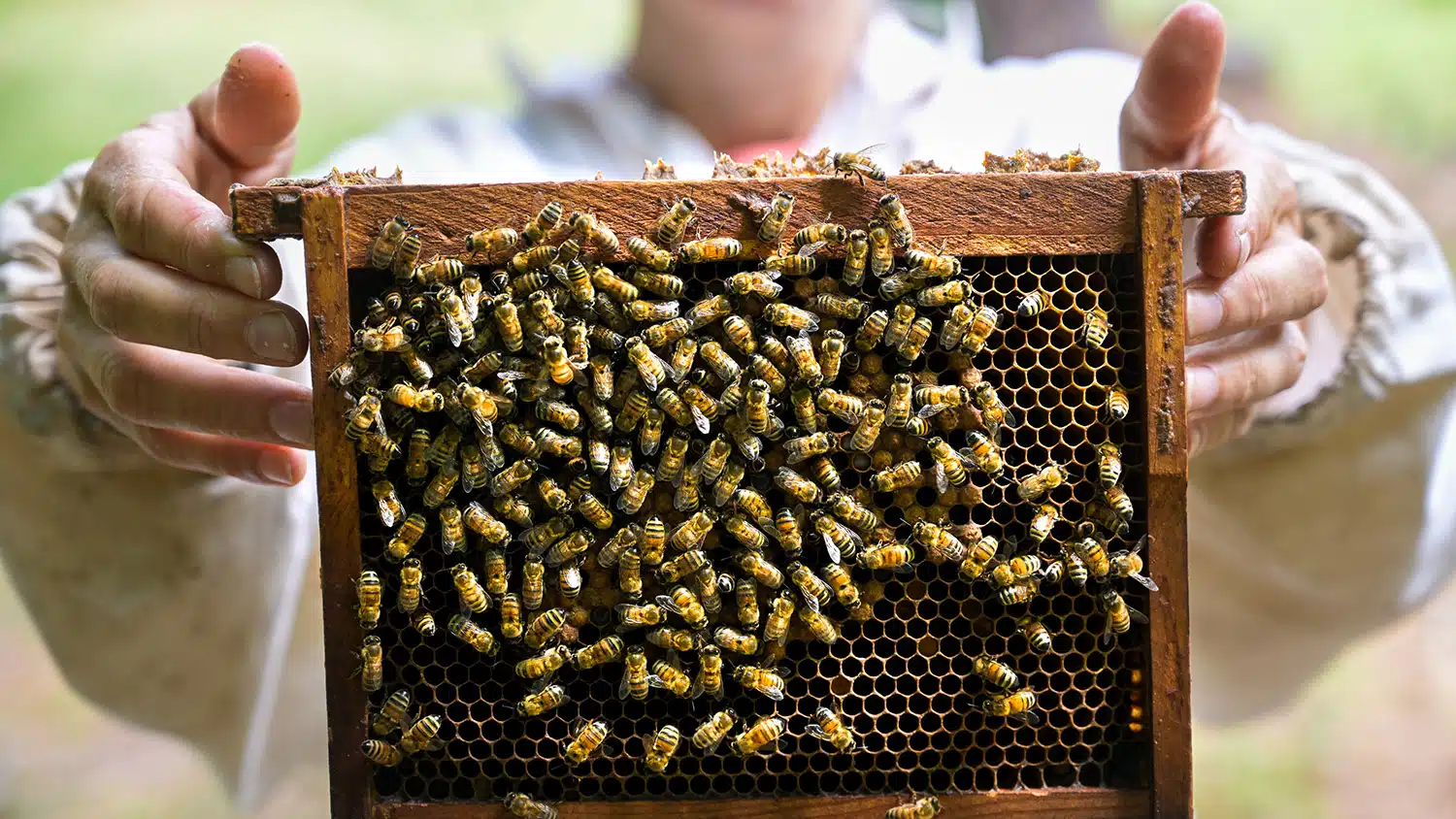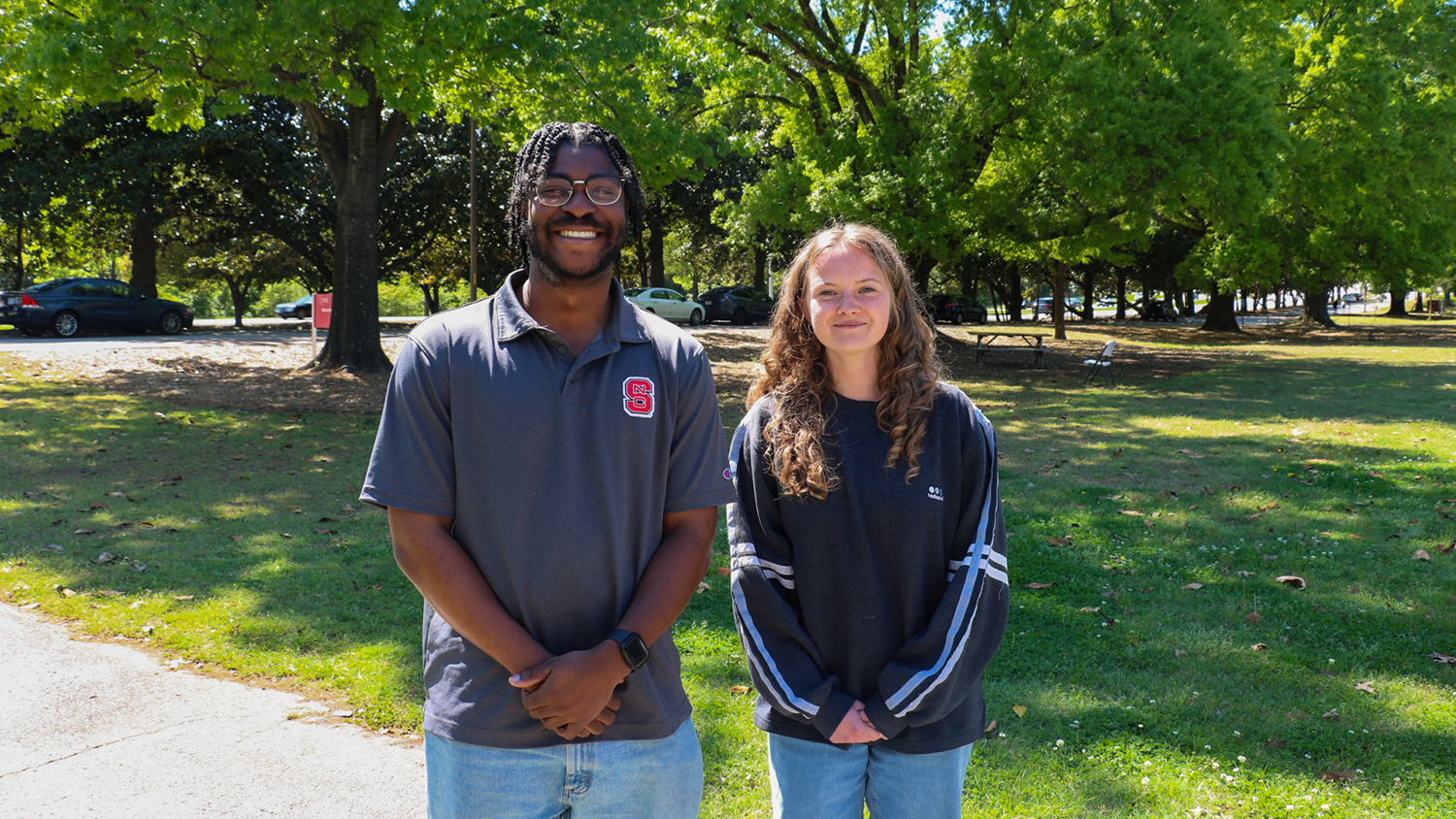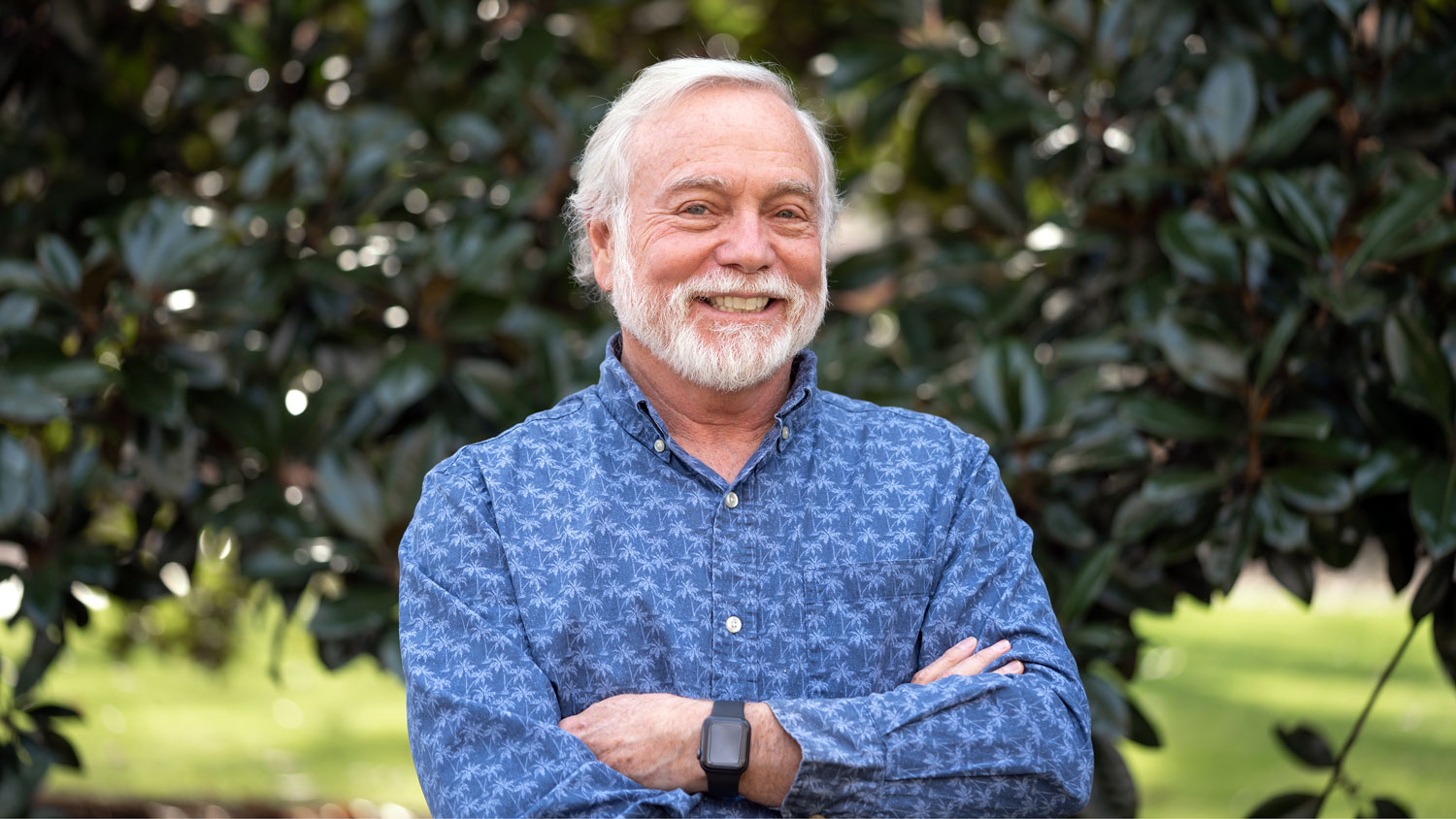CALS research sheds light on toxic arsenic problem in Southeast Asian well water
Every day, more than 100 million people throughout South and Southeast Asia drink well water contaminated by toxic levels of arsenic. But two NC State University scientists are conducting fundamental research aimed at changing that.
Drs. Matt Polizzotto and Owen Duckworth, both in the College of Agriculture and Life Sciences’ Department of Soil Science, are studying arsenic and other elements and minerals in the groundwater and soils in Cambodia. Using high-powered microscopy and spectroscopy, they are learning more about the geochemical and hydrological processes that contribute to natural arsenic contamination.
The ultimate goal is to use such an understanding to find ways to eliminate, or at least better manage, the problem.
While most popularly known as a near-perfect poison for murder, arsenic can also lead to serious health complications – skin diseases, cancer and even death – in levels that occur naturally in some locations. And that means that Polizzotto and Duckworth’s National Science Foundation-funded efforts have important implications far beyond the areas where they are currently focusing.
In South and Southeast Asia, the contamination problems are linked to development projects meant to solve health problems related to drinking water from pathogen-contaminated ponds and rivers, as well as to the Green Revolution, the series of 1940s to 1960s research and outreach initiatives that increased agricultural production worldwide. Millions of wells were drilled around the globe, and millions of irrigation channels were installed to carry the well water to crops.
But over the years, people realized that a lot of the well water in South and Southeast Asia contained arsenic and that individuals were getting sick by drinking the well water and by consuming rice grown in fields irrigated by the water.
Another problem: Farmers have seen decreased yields as a result of the arsenic contamination.
“It’s a widescale problem,” Polizzotto says, “and there are a whole host of challenges that make getting to a solution complicated.”
One of the biggest issues is that each well has a different arsenic level – and that level can vary in wells separated by mere yards. Not only that, each well has a different overall chemistry of elements and minerals in various forms.
“It makes it very challenging to figure out not only where the problem is going to be most severe but also how to deal with it,” Polizzotto says.
The Cambodia project is designed to get a better handle on these questions. “We want to know where the arsenic is coming from and what bio-geochemically defines the risk it poses,” he says.
Arsenic contamination in groundwater can’t be traced to a single, specific source, and that makes their research daunting. As Duckworth says, “The field of environmental remediation is really focused on doing things that are sort of quick fixes to point sources of high concentrations – not fixing big, wide problems that we don’t exactly understand where they are coming from (and) that are slow and low concentration. That’s what this is.”
Polizzotto and Duckworth both believe that tackling such a complicated problem requires a multifaceted approach. That’s why they decided to work together on the research.
Polizzotto has studied the Asian arsenic problem since he was a Ph.D. student at Stanford in the 2000s, and he has spent his career since then focusing on environmental contaminants, particularly those that pose threats to drinking water or are affected by agricultural practices.

When Duckworth learned more about the arsenic research, he was eager to join in. To the project, he brings what he calls a basic “nuts-and-bolts approach,” looking at molecular-level interactions among elements, minerals and microbes in the soil and groundwater.
Based on early research results, Polizzotto says, it appears that arsenic’s presence or absence in water is tightly tied to the presence of manganese in the soil.
“If you have a lot of manganese around in the solid material, then you are not going to have a whole lot of arsenic in well water,” he says. “But if you produce conditions that get rid of these potentially reactive manganese minerals, then you are particularly vulnerable to arsenic contamination.”
Duckworth goes into more detail, pointing out the importance of iron in the process: Arsenic, he says, sticks to iron in soil, and as the iron dissolves into the water, the arsenic dissolves off it.
“And our idea is that manganese is like geochemical armor that keeps the iron from dissolving. As long as there’s manganese there, it will effectively protect the iron. It becomes the preferential thing to be dissolved,” he says. “And if it dissolves, the iron doesn’t go. And if the iron doesn’t go, the arsenic doesn’t go.”
Duckworth compares the research to opening a watch and figuring out which gears turn arsenic. “The iron turns the arsenic gear, and manganese is the gear that controls what goes on with the iron. So if you think about it as a chain, you have to look a couple of gears over from the arsenic wheel to understand what is making it turn.”
While Polizzotto and Duckworth continue their Cambodia arsenic research to understand the gear works behind contamination, Polizzotto is also working in nearby Bangladesh to find new ways to actually the prevent contamination that occurs via irrigation waters to rice and, subsequently, to people who eat the rice.
Using arsenic-tolerant rice would help crop yields, but it wouldn’t lower the threat to people. And filtering arsenic out of the water at the well isn’t practical, given the pumping rate of 70,000 liters per hour, Polizzotto says.
So working with Dr. Dean Hesterberg of the CALS Soil Science Department and Dr. François Birgand of the CALS Department of Biological and Agricultural Engineering, Polizzotto is taking what they know about the factors that influence arsenic concentrations to engineer ways to remove the element from the water.
Their solution: modified irrigation channels that slow the flow of water so that arsenic has more time to stick to soil particles as it passes through the channels while other non-toxic chemicals in the water have more time to react with air to form minerals, such as iron oxide, that, in turn, bond with the arsenic and remove it from solution.
This allows the arsenic to settle in the channels so that the amount of arsenic reaching farm fields is decreased.

While early results show that the approach is working, Polizzotto, Hesterberg and Birgand continue with the research because big questions – including where, specifically, the arsenic is ending up within the channels – remain. And where the arsenic ends up has big implications for how sustainable a solution the channels might be, Polizzotto says.
Eventually, he believes that the research will help generate solutions not just in Bangladesh, but also in Cambodia and around the world. That’s because the research frameworks developed in both Asian projects could apply to other environments and other contaminants. Indeed, Polizzotto currently has a project looking at manganese in North Carolina well water.
“Asia is an extreme case both in terms of number of people impacted and concentrations in wells, but there are arsenic and manganese problems in North Carolina,” Duckworth says. “So I’ve been excited to be involved in this project. It’s been really rewarding.”
– Dee Shore
- Categories:


